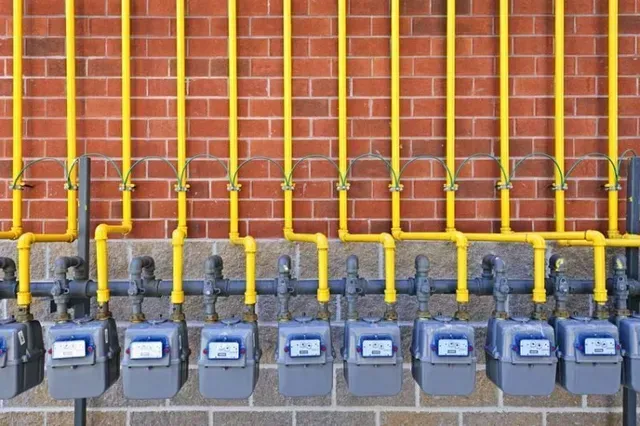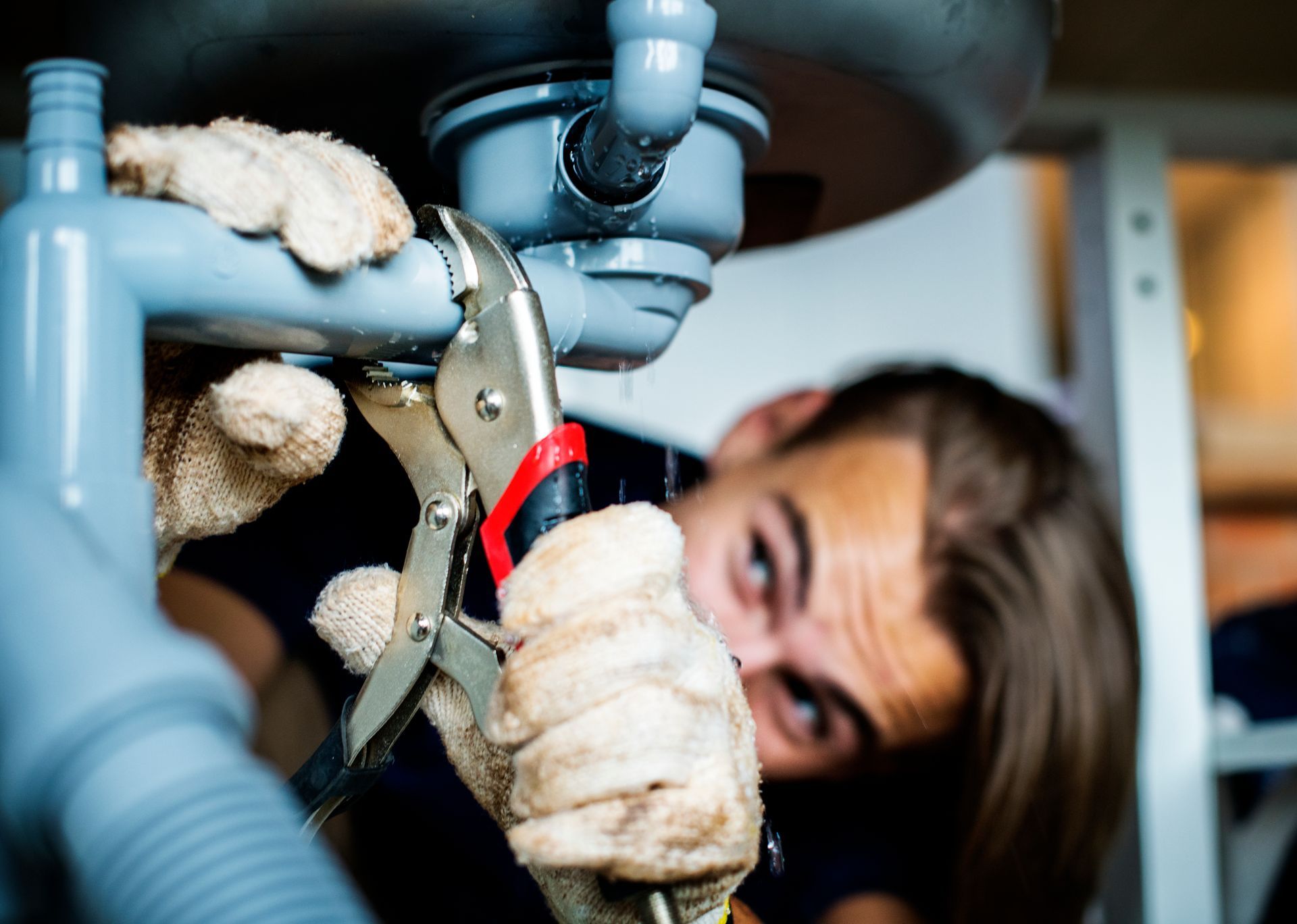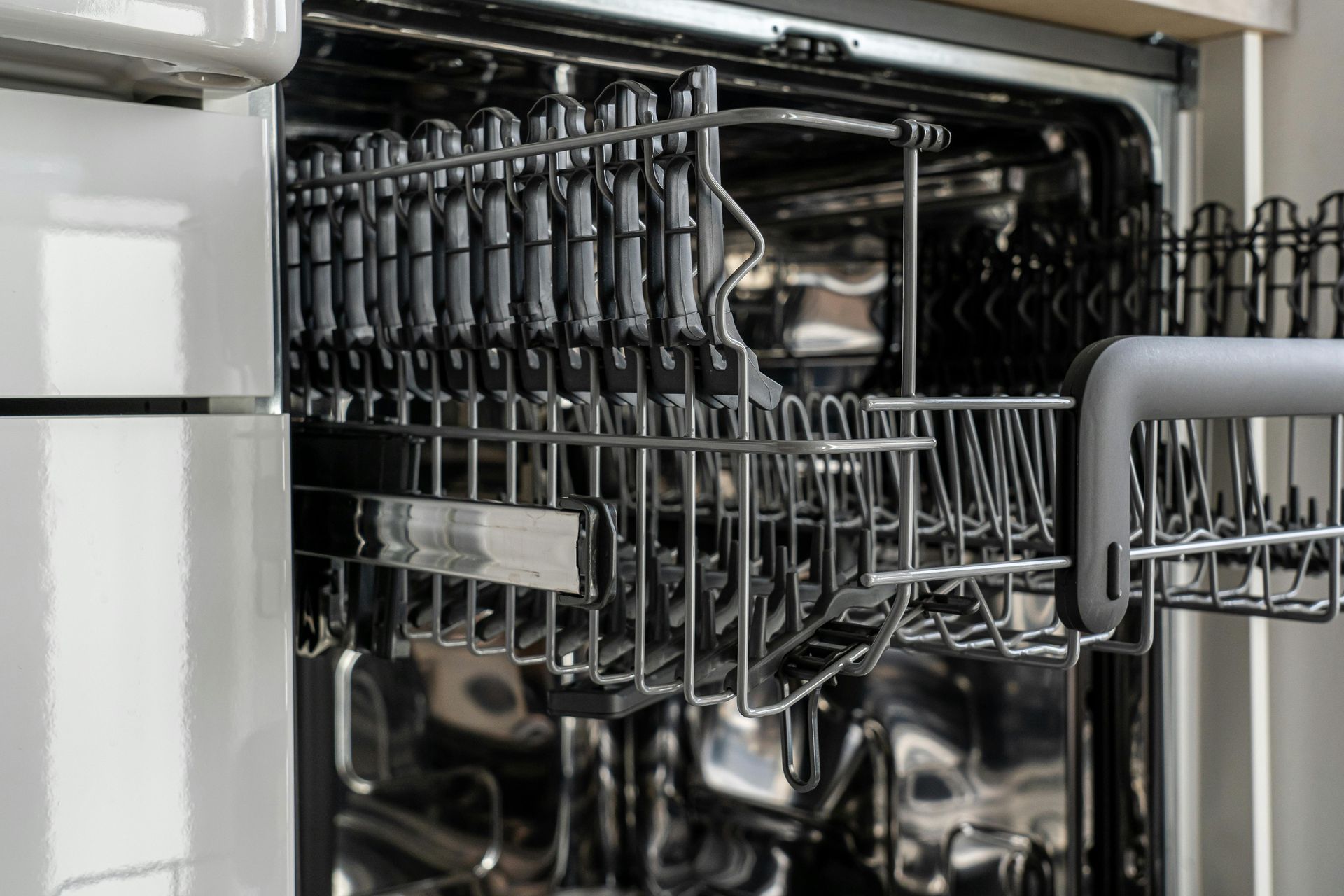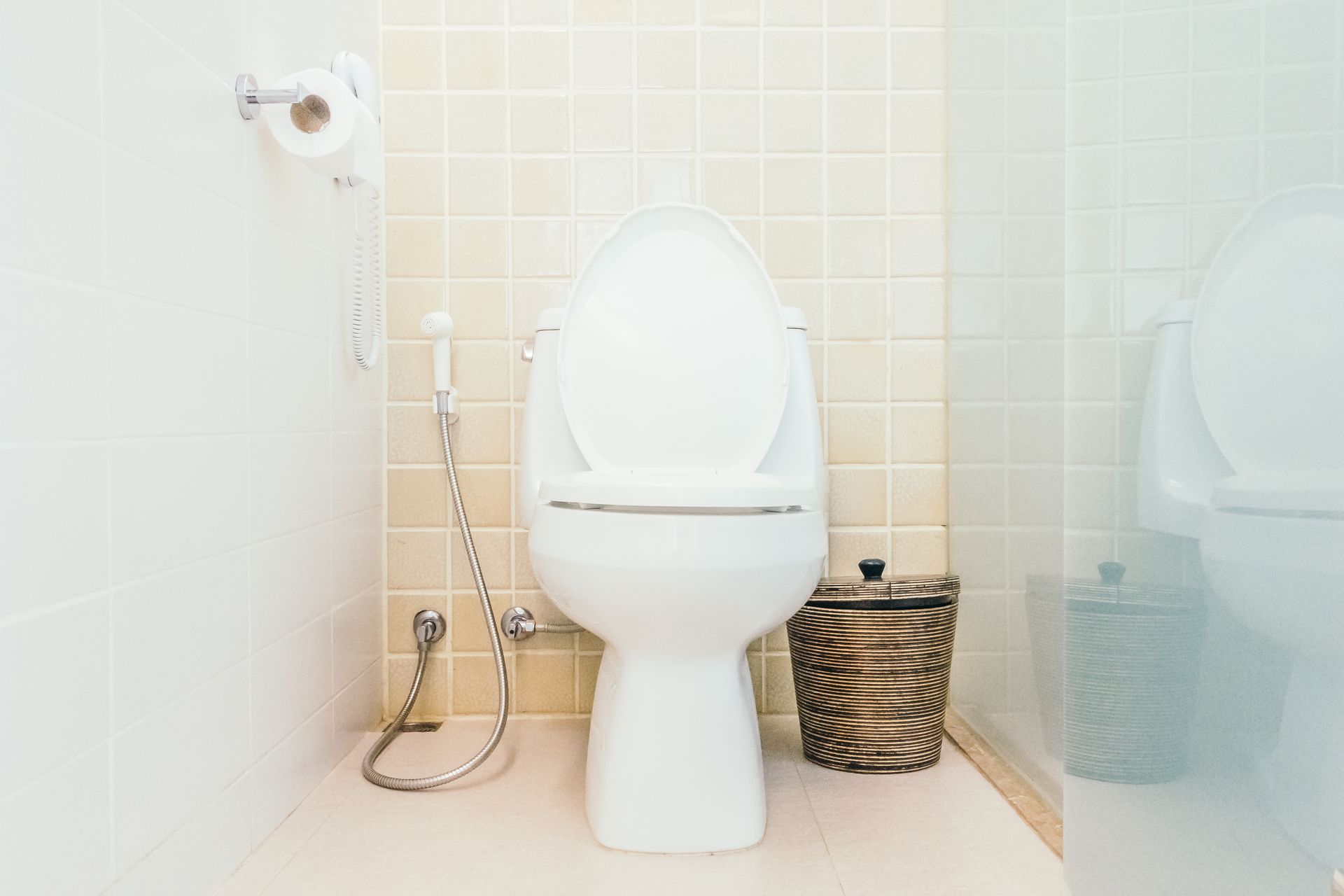Important Ways That a Plumber Will Update Your Basement

Everyone has a spot in their home that generally becomes nothing more than storage. In some places, it’s the attic. Typically, it’s the basement, which has also gotten an odd reputation for being scary and rather depressing. This is why going down to the basement is not something a lot of people want to do. However, there’s actually a lot of potential to the basement of a home.
Updating the Basement
There are multiple factors when it comes to the repurposing of a basement. Aside from planning things out cautiously, a lot of decisions need to be weighed and made. There is a lot of space that can go to waste when a basement is relegated to nothing more than a storage facility. You may find this surprising, but there’s actually an ideal person to help with your basement being brought up to date. This is not one of your loved ones or anyone on the design side of things. It’s actually your trusted 24-hour plumber.
While it may seem like plumbing services and home renovations don’t go hand-in-hand, a plumber will update your basement by way of the following:
Install a Basement Bathroom
A recent growing trend has been basement bathrooms. While installation is trickier than that of a facility above-ground, having one is still a good feature for a home. It should be noted that when plumbing requires digging under the very foundation of a house, professionals must do it.
For people with the fortune of their home being above the sewer line, having a basement bathroom installed is nothing less than convenient. Homes directly under sewer lines need upwards plumbing. Either way, having a professional plumber do the work is key to success and no major mishaps.
Put in a Fresh Drainage System
There are several possibilities for a basement when it comes to plumbing-related functionality. No matter what you go with, having a good floor drainage system is a must. Having that in your basement keeps the area dry, preventing sewer smell as well. If there is already a standard floor drain in the basement, you’re well aware that it’s susceptible to issues with clogging. Upkeep of this drainage system can be done by a plumber, keeping the house in the best possible shape.
Repair the Sewer Line and Fixing Pipes
When there’s a sharp smell that’s undoubtedly from the sewer, that’s a major sign that there’s something wrong with a home’s plumbing. It usually means there’s a cracked pipe or a leak somewhere. It needs to be addressed immediately. This is something a plumber can address through fixing the pipes, which in turn eradicates sewer smell. The lower parts of a home are typically where crucial plumbing is found, so there’s much basement work involved.
Conclusion
Despite the widespread reputation of the basement as being depressing and/or scary, it’s got a lot of potential. The space can be used for any number of reasons, and a great person to ask for suggestions during preparation is a plumber. Basement updates by a plumber involve repairing the sewer line and fixing pipes, installing a basement bathroom, and putting in a fresh drainage system.
In need of residential or commercial plumbing service ? Reach out to All City Plumbers today! We can help transform your basement into a more functional area by handling all the plumbing work you need.











